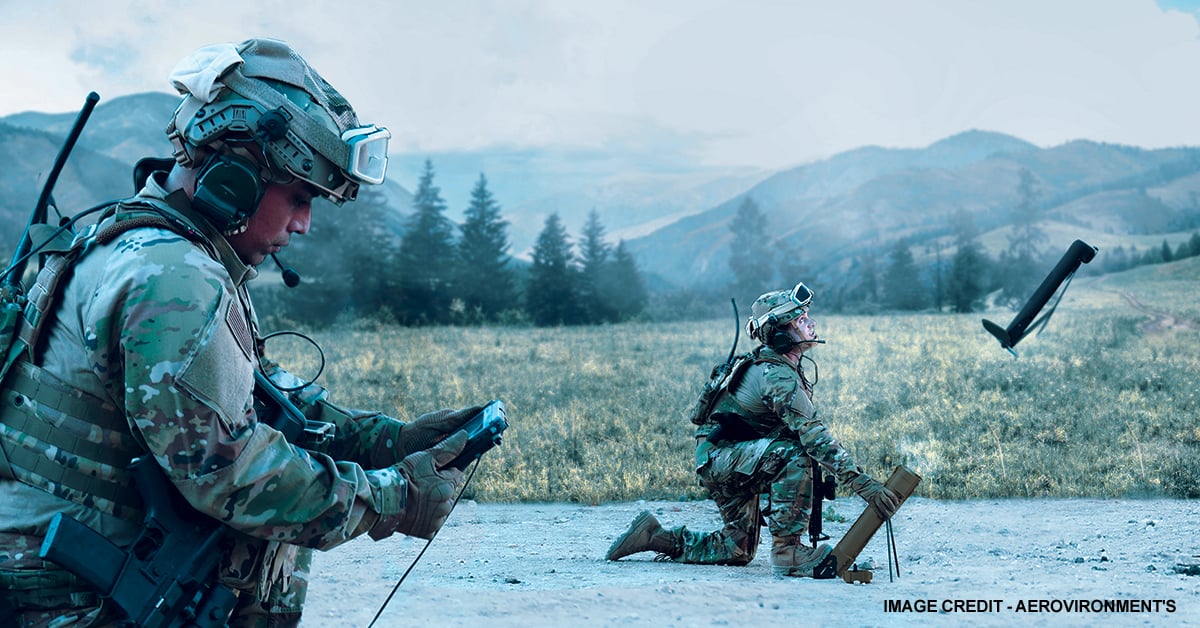The Rise of Loitering Munitions: Transforming Modern Warfare
Current Affairs International IssuesPosted by newadmin on 2025-03-27 08:44:13 |
Share: Facebook | Twitter | Whatsapp | Linkedin Visits: 15

Loitering munitions, often referred to as "kamikaze drones," are reshaping the dynamics of modern combat. These advanced weapons combine the surveillance capabilities of unmanned aerial vehicles (UAVs) with the precision of guided missiles. Unlike traditional missiles, loitering munitions don’t follow a fixed path but hover over targets, observing and tracking them until the ideal moment to strike, offering unprecedented flexibility on the battlefield.
Their effectiveness has been showcased in recent conflicts. In Ukraine, Russia’s Lancet-3 drones target Ukrainian artillery with precision, while Ukraine counters with U.S.-supplied Switchblade drones. In the Middle East, Israel’s Harop drones and Iran’s Shahed-136 challenge air defenses, highlighting loitering munitions' growing importance in warfare.
India is advancing its loitering munition capabilities with the SkyStriker and Nagastra-1 drones. These developments emphasize India’s push toward self-reliance in defense, supported by private firms producing cost-effective alternatives to imported models. However, economic considerations remain a challenge, as domestic options must compete with low-cost drones from Russia and Iran.
The future of drone warfare lies in AI-driven autonomy and swarm technology. India has already demonstrated its capability with a 75-drone swarm, paving the way for larger-scale deployments. As global tensions rise, loitering munitions, swarms, and AI integration will undoubtedly define the future of military strategy.
Search
Categories
Recent News
- Hyderabad Gears Up for Presidential Visit: Traffic Advisory Issued
- Hyderabad Crypto Scam: Unraveling a Multi-State Fraud
- Cyber Scams Target Unsuspecting Citizens via RBI Portal
- Telangana's Tech-Driven Policing: Drones Take to the Skies
- RBI Governor Prioritises Digital Security: A Strategic Shift
- Hyderabad's Massive Anti-Drug Operation: 72 Foreigners Deported
- Hyderabad Tackles Traffic with Innovative Parking Solutions
- Road Safety Initiative Transforms Hyderabad's Mobility
Popular News
- Navigating IPO Market Dynamics Amid Volatility and Regulatory Changes
- Innovative Green Practices and Environmental Initiative
- Massive Worldwide Microsoft Outage Disrupts Multiple Sectors
- తెలుగుదేశం పార్టీ - పేదరికాన్ని నిర్మూలించడంలో వాగ్దానం
- Universities Embrace Remote Learning Technologies Amidst Ongoing Pandemic